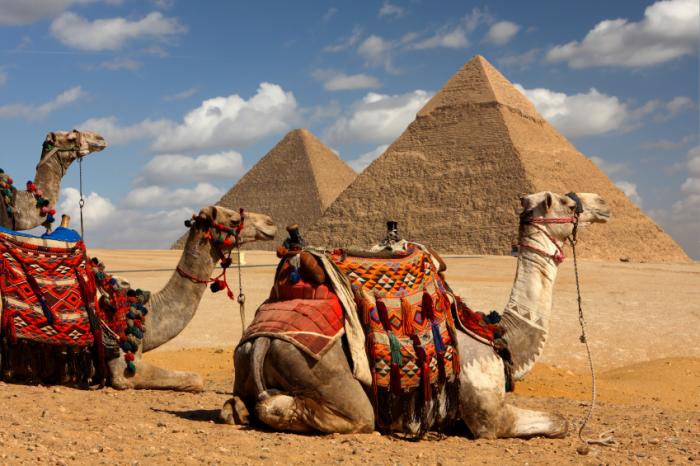Stamp: How the camel got his hump (Alderney 2007)
How the camel got his hump (Alderney 2007)
25 October (Alderney ) within release Rudyard Kipling's Just So Stories goes into circulation Stamp How the camel got his hump face value 32 Guernsey penny
| Stamp How the camel got his hump in catalogues | |
|---|---|
| Stanley Gibbons: | Sg:GG-AL 322 |
Stamp is vertical format.
Also in the issue Rudyard Kipling's Just So Stories:
- Souvenir Sheet - Bloc face value 2.83;
- Stamp - How the camel got his hump face value 32;
- Stamp - How the whale got his throat face value 37;
- Stamp - Elephant And Crocodile face value 45;
- Stamp - How the leopard got his spots face value 48;
- Stamp - The cat that walked by himself face value 50;
- Stamp - How the rhinocerus got his skin face value 71;
Stamp How the camel got his hump it reflects the thematic directions:
In legal discourse, an author is the creator of an original work, whether that work is in written, graphic, or recorded medium. The creation of such a work is an act of authorship. Thus, a sculptor, painter, or composer, is an author of their respective sculptures, paintings, or compositions, even though in common parlance, an author is often thought of as the writer of a book, article, play, or other written work.In the case of a work for hire, the employer or commissioning party is considered the author of the work, even if they did not write or otherwise create the work, but merely instructed another individual to do so.
Scouting, also known as the Scout Movement, is a worldwide youth social movement employing the Scout method. It is a program of informal education with an emphasis on practical outdoor activities, including camping, woodcraft, aquatics, hiking, backpacking, and sports. Another widely recognized movement characteristic is the Scout uniform, by intent hiding all differences of social standing in a country and encouraging equality, with neckerchief and campaign hat or comparable headwear. Distinctive uniform insignia include the fleur-de-lis and the trefoil, as well as merit badges and other patches.
A camel (from Latin: camelus and Greek: κάμηλος (kamēlos) from Ancient Semitic: gāmāl) is an even-toed ungulate in the genus Camelus that bears distinctive fatty deposits known as "humps" on its back. Camels have long been domesticated and, as livestock, they provide food (camel milk and meat) and textiles (fiber and felt from camel hair). Camels are working animals especially suited to their desert habitat and are a vital means of transport for passengers and cargo. There are three surviving species of camel. The one-humped dromedary makes up 94% of the world's camel population, and the two-humped Bactrian camel makes up 6%. The wild Bactrian camel is a separate species and is now critically endangered.
Animals are multicellular, eukaryotic organisms of the kingdom Animalia (also called Metazoa). All animals are motile, meaning they can move spontaneously and independently, at some point in their lives. Their body plan eventually becomes fixed as they develop, although some undergo a process of metamorphosis later on in their lives. All animals are heterotrophs: they must ingest other organisms or their products for sustenance.




